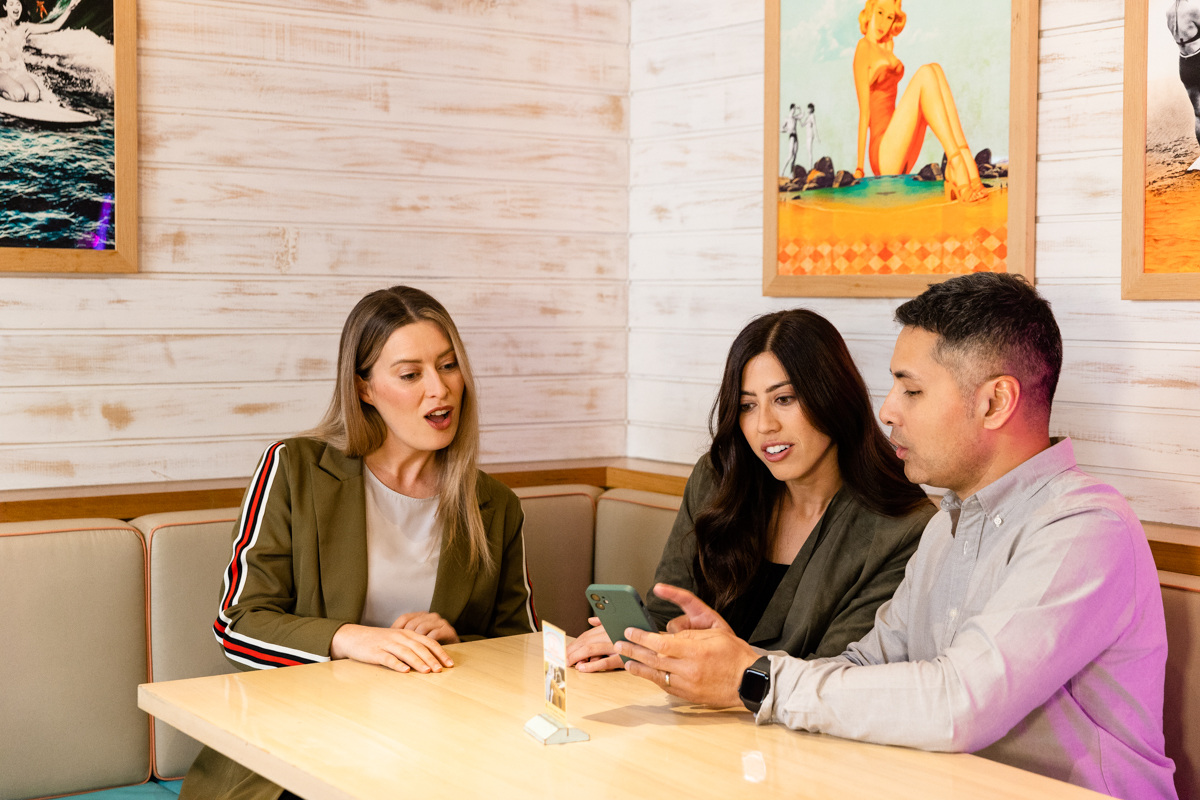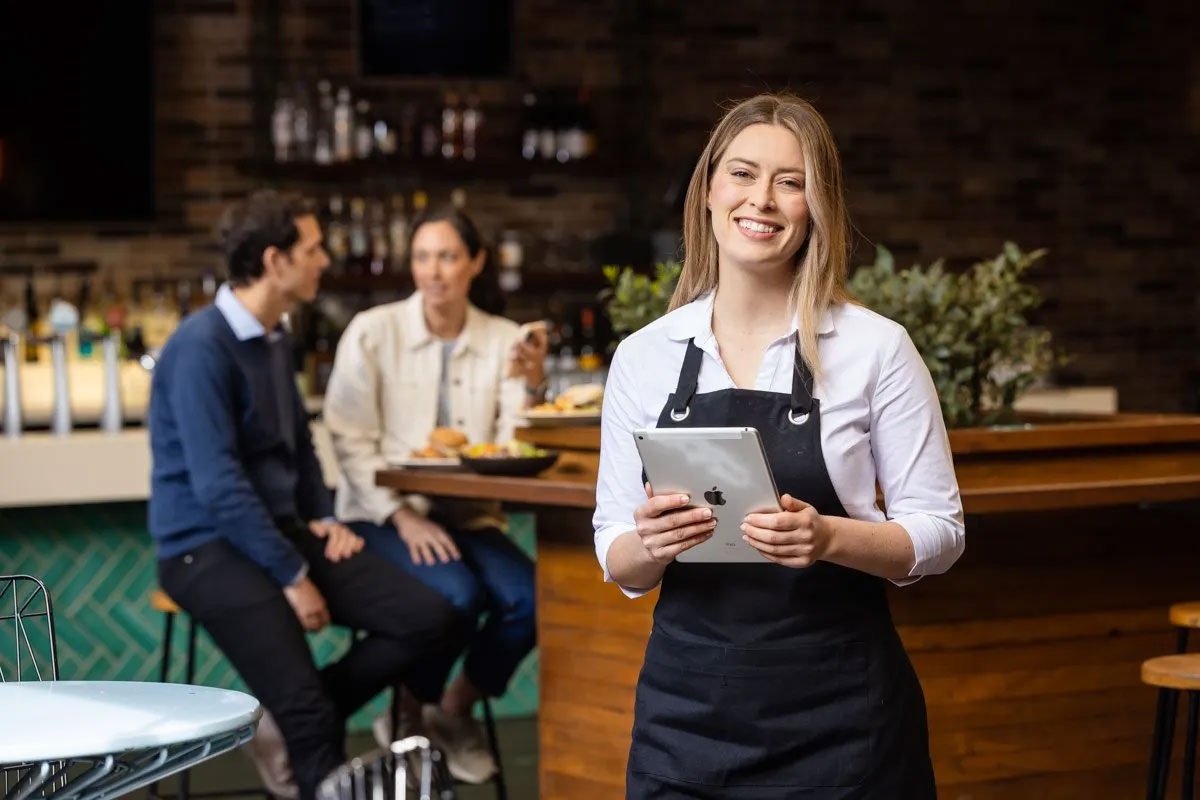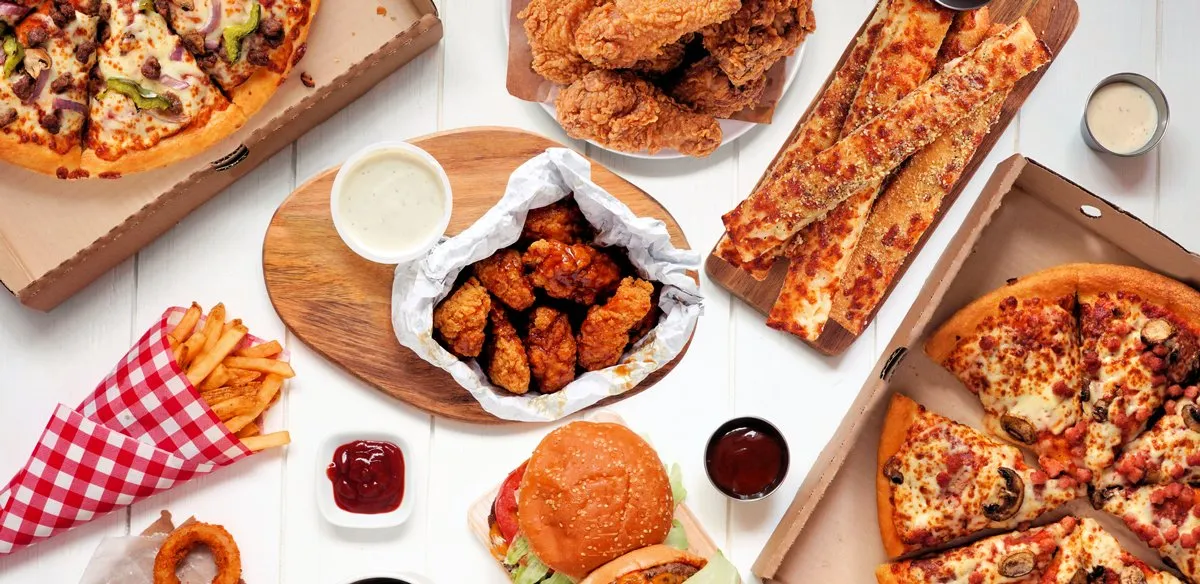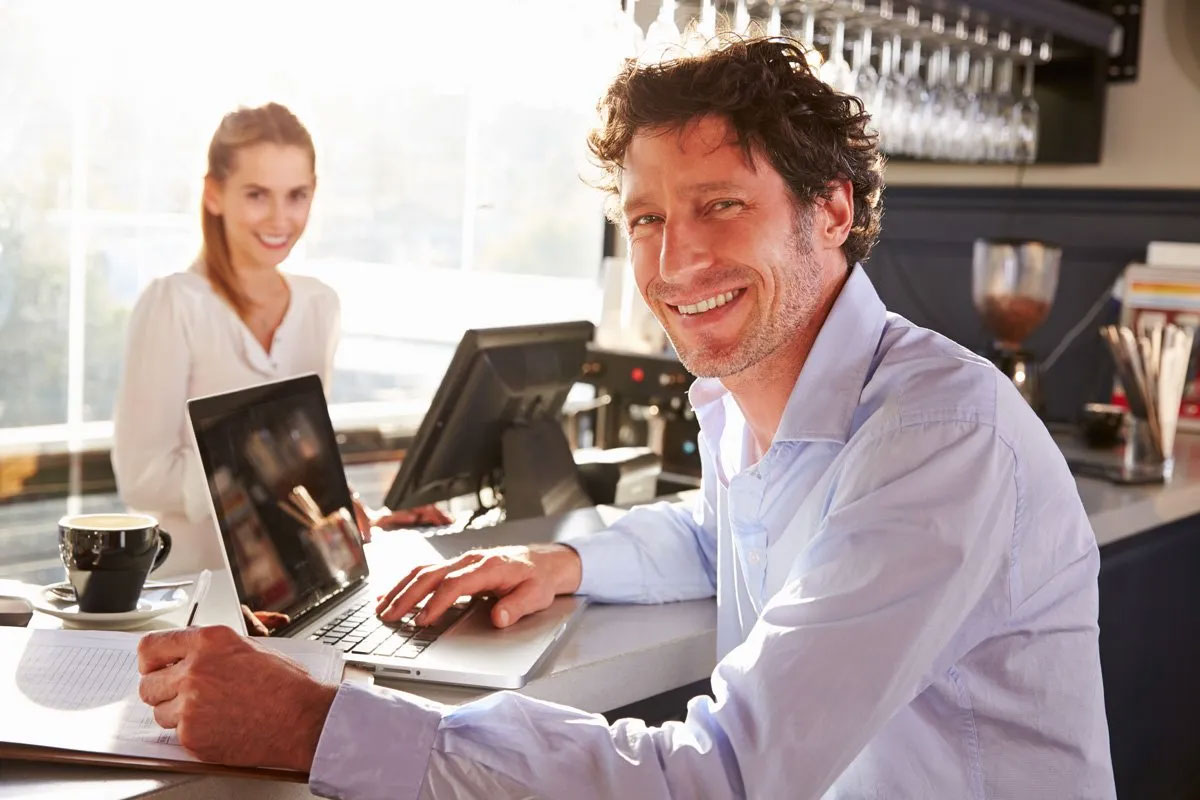The hospo top 10: Trends shaping 2023 for the hospitality sector
As we approach a new year, thoughts naturally turn to what lies ahead. Hospitality businesses move into 2023 with some pretty big challenges, but...
3 min read
Louie Scarpari : 26/04/2024 3:48:17 PM

‘Phygital’ is a word that you are probably seeing more and more frequently. It’s a blended word, from ‘physical’ and ‘digital’ and is all about the way that consumers want to interact. Monash Business School describes phygital as: ‘The concept of using technology to bridge the digital world with the physical world with the purpose of providing a unique interactive experiences for the user.’ Forbes Business Council sees it as delivering ‘immersive in-store experiences while leveraging the efficiency and instant gratification of the digital world’.
Consumers love phygital – or rather, whilst you’ll probably never hear them use the actual word, they love what it means: all the convenience, personalisation and speed of digital with the connection, engagement and experience of the ‘real’ world.
So what does phygital offer QSRs? We’ll take a look at four key QSR phygital strategies and how you can benefit from offering the phygital experience to consumers.
Kiosks
In-store kiosks are a great example of phygital – and they’re rapidly growing in popularity in QSRs. Between 2021 and 2023, the number of restaurant kiosks grew 43%, to 350,000. QSR’s love affair with kiosks shows no sign of cooling - with forecasts that the number of kiosks will double by 2028. Consumers love kiosks because they can browse the menu at their own pace, without feeling the pressure of a queue of people waiting behind them. Kiosks clearly show all the options so that diners can tailor their meal to exactly the way they like it. For stores, the benefits are multiple: they can save on counter staff; they can serve more customers; they can consistently upsell and make personalised offers; they can capture customer data through a loyalty program (and prompt diners to sign up if they’re not already members; and they can eliminate the chance of human error by sending orders straight from kiosk to kitchen. The icing on the cake (or the gherkin on the burger!) is that the average sale on a kiosk is 5% bigger than those at the counter, with some restaurants reporting uplift as high as 10%.
Self-service at table ordering
For eat-in venues, giving customers tabletop technology for ordering from a digital menu is a key example of phygital in action. The tech could be tablets provided by the restaurant, or more commonly a QR code that allows diners to browse, order and pay from their mobile phone. QR code ordering is growing, seeing an increase of 43.20% between 2022 and 2024. The reasons are clear - at table ordering enhances the customer’s experience – they can see suggestions for dishes to try, based on their previous orders; they can receive offers and promotions; they can pay instantly and easily, without having to wait for the bill, and it makes bill splitting a thing of the past. For the restaurant, the benefits are similar to those of a kiosk – they can highlight specials and even change the menu dynamically; orders flow directly to the kitchen, speeding up the service time and ensuring 100% accuracy; wait staff are freed up to focus on delivering the food, not taking orders; average spend per customer goes up, and restaurants gain invaluable data about their customers, which they can use to create even more personalised service.
Online ordering for in-store pickup
Many customers who want to pick up their food in the restaurant want to order ahead via an app. They want to eliminate the wait when they get to the store and love the convenience and the browsing options that an app gives them. The vast majority (70%) of these consumers prefer to use a dedicated restaurant app rather than an aggregator app. Stores who provide their own app benefit from having direct access to their customers’ information and being able to use it to learn more about their habits and market to them.
Voice and face recognition for drive-thru
Drive-thru has traditionally been a physical only transaction, but the advent of face and voice recognition elevates it to the phygital. The restaurant can recognise customers when they place their order, allowing their experience to be personalised, with tailored offers and menu suggestions. Customers also have the option of efficient, cashier-less checkout, with automatic debit from their payment card, getting them driving-thru even faster.
It's true to say that today’s consumers are ‘channel blind’. They don’t differentiate between digital and physical – they just like the benefits of both and want to have them combined when they engage with a restaurant. For the restaurants, the challenge is to provide the engagement that customers want and make the whole process as seamless, engaging and enjoyable as possible.
For those who get it right, the rewards are substantial – cost savings, higher transaction values, efficient order processing without human error, faster checkout and above all, greater customer engagement and satisfaction.

As we approach a new year, thoughts naturally turn to what lies ahead. Hospitality businesses move into 2023 with some pretty big challenges, but...

We explore the 12 ways that virtual brands are benefitting hospitality businesses. Virtual brands seem to be flavour of the moment in the world of...

If you’re running a hospitality business - at least if it’s anything upwards of a lemonade stall - you’ll have some form of point of sale system....